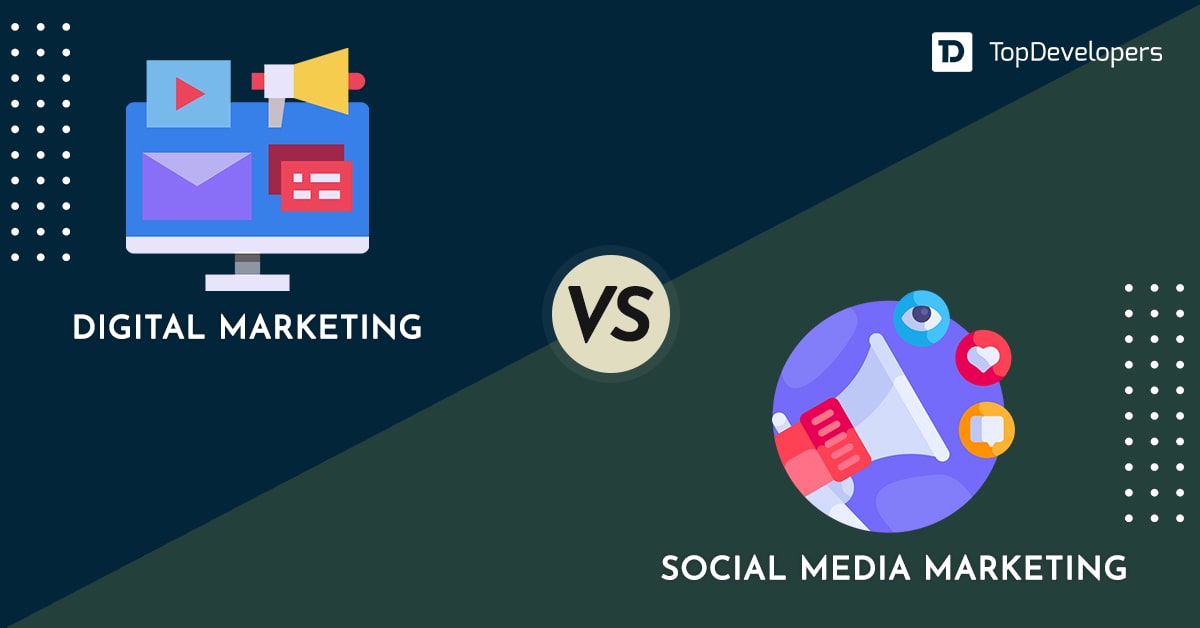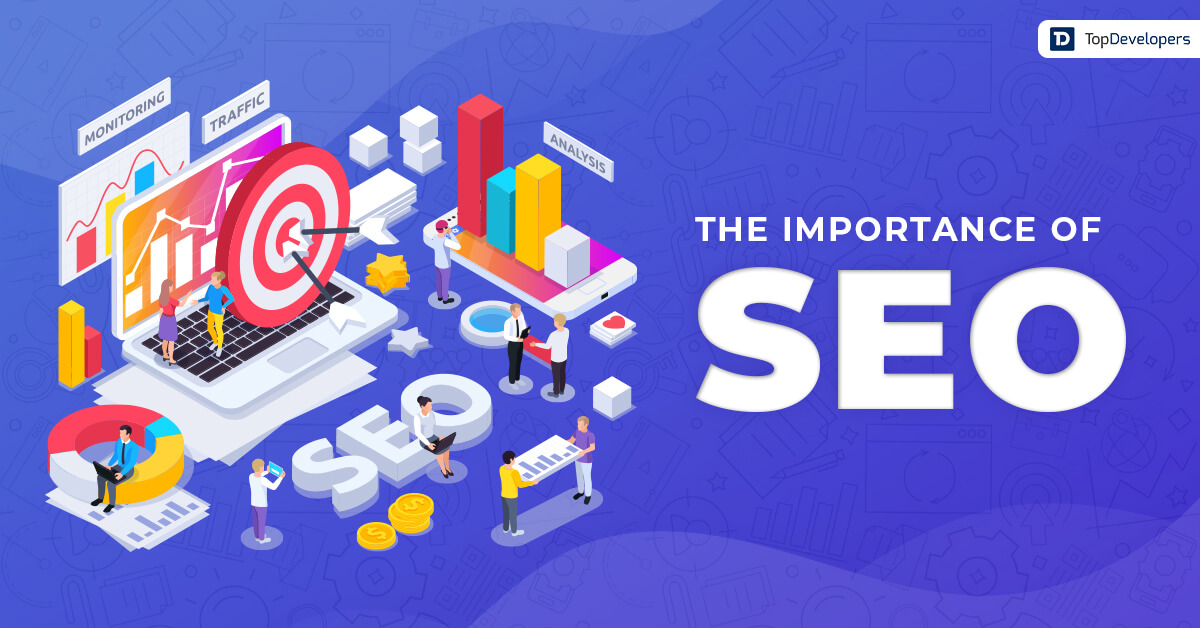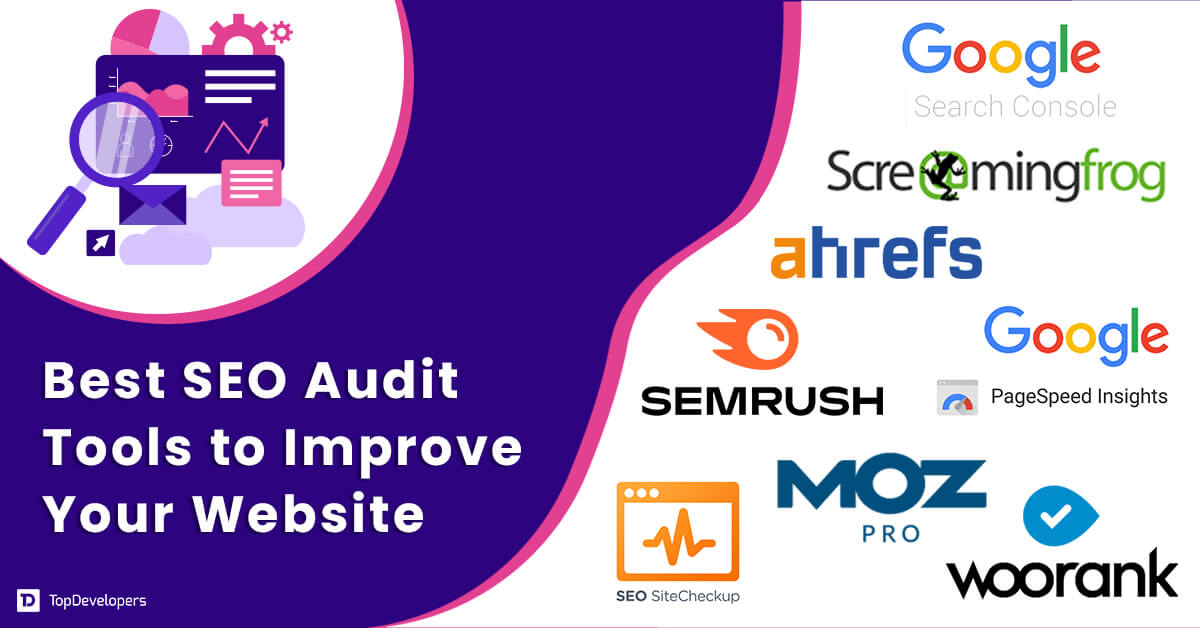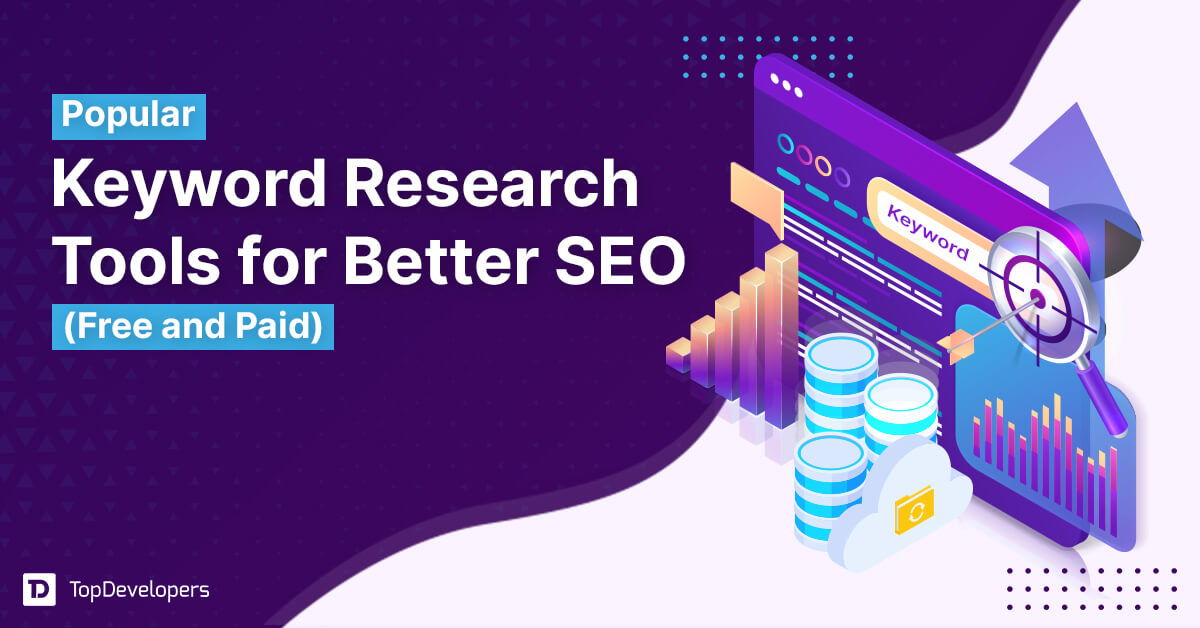
It’s rightly said that business has only two functions- innovation and marketing. Businesses must inform customers about the innovative products/services created through digital marketing channels. Otherwise, it’s like opening a business without telling anyone. From SMBs to large enterprises are creating digital marketing strategies to flourish their business internationally. That’s why the digital marketing market is expected to grow at a CAGR of 13.1% to reach a value of around $671.9 billion by 2028.
The major channels under the digital marketing umbrella are SEO, SEM, SMM, PPC, email marketing, Press Release (PR), blogging, and more. Various industry verticals leverage distinct digital marketing channels tailored to the business-specific marketing needs to witness a boost in different things.
Businesses often get confused between SEO and SEM marketing channels while considering them as one. However, these digital marketing channels are different and are used to improve brand awareness, increase reach to the target audience, and boost traffic distinctively. In this blog, we will dig deeper into both marketing approaches with a quick overview of SEO and SEM, followed by their differences to determine which is better for which situations. Let’s dive in!
Table of Contents
What is SEO?
Search engine optimization is one of the best approach for digital marketing to make your website rank high in SERP to gain organic traffic from search engines like Google and Bing. SEO companies facilitate keyword research, on-page SEO, off-page SEO, and technical SEO, ensuring the website ranks high on search engines’ first page, making content easily discoverable, and translating into increased organic traffic.
- Keyword research involves identifying words or phrases users type to search for particular products/services.
- On-page SEO is about aligning website content with search intent so that users will get the required information in the first place.
- Off-page SEO enables building quality backlinks that build a brand’s authority.
- Technical SEO ensures that crawlers find, index, and crawl the website for ranking.
What is SEM?
Search engine marketing is an umbrella to SEO and PPC to gain traffic from search engines, mainly Google and Bing. SEM companies help businesses drive traffic from organic search and paid search results. Based on business marketing needs, either one from- SEO and PPC is chosen, or both- SEO and PPC are leveraged.
SEO vs SEM: Differences in Techniques, Costs, & Results, Features
After understanding the terms- SEM and SEO, it’s essential to know the differences between the two digital marketing channels before businesses start planning for web presence optimization using one of the marketing tactics.
Having a distinct set of features
SEO is important as it ensures that the website gets optimized for higher rankings, boosting organic traffic. Search engine optimizations involve many things, such as keyword research and analysis, meta tag and meta description optimization, server optimization, user-focused content creation, and more. These things determine what users seek from the business website and how SEO efforts align with users’ expectations.
SEM encompasses local SEO, PPC, display ads, remarketing, and product ads that work uniquely. Account structure facilitates organizing ad strategy and optimizing ad spend. Bids explain how much business will spend when users click on an ad. Quality score is incorporated by Google ads that showcase ads’ quality and relevance. Ad asset optimization improves the possibilities for creating a relevant ad.
When selecting the one digital marketing channel, researching different ad platforms and knowing their strategies to deliver ads will help choose the one in the battle of SEM vs. SEO.
Turnaround time for results
Today, speed matters more than anything. The main difference that we can view between SEM and SEO is speed. SEO is a time-consuming endeavor that requires the marketing team to make a lot of effort, including keyword addition, building backlinks, and more. Although the results start appearing after some time, SEO efforts and businesses expect to see the website on the first page.
It doesn’t mean businesses need to wait every time for so long to rank high in Google. With SEO best practices and long-tail keyword implementation, the keyword’s search volume is increased which is likely to rank the webpage in a few months.
On the contrary, with Pay Per Click under the SEM umbrella, businesses will get results in an hour or two. When Google ads are placed by search engine marketing agencies, businesses will see an increase in traffic and conversion before the end of the day. However, getting positive ROI with PPC advertisements also takes time as testing and refining the PPC ads strategy is essential. But businesses will certainly experience good results at speed with SEM.
Amount to spend
Most businesses prefer SEO because it generates traffic for free, but it’s not true completely. Let’s understand it in detail: Traffic coming with organic SEO efforts doesn’t require businesses to pay for every click. But, the resources, time, and effort poured into website search engine optimization incurs a lot of money.
Say keyword research and analysis tools cost $200, and then content writers are hired for $500 to create relevant and unique content. Later, quality content needs to be continuously published which helps business websites build domain authority. Keyword research, content creation, link building, and other marketing tactics are a big investment in thousands of dollars. However, it’s not as high as PPC advertisement under SEM strategy.
SEM comprises both SEO and PPC, which means SEM cost already includes the cost of SEO followed by running PPC ad campaigns. With PPC under SEM, businesses need to pay for every visitor who comes to the traffic with an ad click.
With automated bidding, the business starts ranking for specific keywords without spending much money at once. However, when businesses stop investing in PPC, the traffic instantly goes to zero. This is not the case with SEO because once a website starts ranking, businesses can manage that ranking without tons of spending.
It indicates businesses with limited budgets may initially opt to stay with SEO to grow organic traffic, and later spend on paid campaigns to generate more traffic and potential sales.
The marketing approach to use
When businesses plan to keep all the eggs in one basket, they should consider many things before finalizing the marketing channel for digital marketing results.
It makes no sense to finish all the marketing budget on a PPC campaign that lasts not more than a week. For example in an SEO context, when a business has a shoestring budget for marketing, it’s essential to identify if a business is looking to rank on popular keywords, is ready to wait for months to let the traffic drive in, and can create the best link building strategies themselves; then SEO is their cup of tea.
Instead, when your businesses have a good budget, you can invest in PPC ads wherein consistent spending is a must-have. It requires planning for the keywords to target, ad copy, and bids that bring excellent results and make the PPC ad campaign financially sound.
In addition to high spending, businesses are required to manage Google Adword accounts and require testing keyword targeting, ads, conversion, ROI, and other data regularly to make informed decisions regarding ad campaigns. Last but not least, creating and testing landing pages for every advertising or group of ads is essential to find out which one is working the best.
All in all, the selection of marketing approach rests on what businesses want to achieve, how they want, and at what speed.
Continuous testing and refinement
Tracking marketing campaign results is followed by the changes to make in the marketing strategies to make them effective. SEO requires SEO companies to check the website performance and impact of changes in search engine algorithms on the website to make necessary changes and maintain high-ranking positions.
With PPC, things are different. Every ad copy is tested to view its impact on the new user base and it’s revised to ensure the landing page brings leads as expected. The changes made in PPC strategy are quick, and businesses can view the results in almost no time.
SEO v SEM- the Comparison in tabular format
| Factor | SEO | SEM |
|---|---|---|
| Marketing type | Inbound | Inbound and outbound |
| Business goal | Long-term growth | Drive traffic quickly |
| Turnaround time for results | Time-consuming(Takes around a year or 2) | Bring faster results in almost a moment |
| Marketing cost | It’s free | It’s premium |
| Audience targeting | No | Yes, target specific audience |
| User LTV | Low LTV | High LTV |
| Suitable for | SMBs having low budget | Large-enterprise business with high budget |
| Click-through-rate | SEO has higher CTR | SEM has comparatively low CTR |
| Traffic potential | It’s unlimited | Depends on budget |
Which is better- SEO or SEM?
Looking for whether SEO or SEM is suitable for business marketing needs? However, declaring a winner between the two digital marketing approaches takes time. So, it entirely depends on the digital marketing campaign’s goals. SEM is a good fit for quick results, and SEO brings long-lasting results even when you stop pouring a lot of effort and time after a few years. Using the right mix of unpaid channels, that’s SEO and paid channels, that’s SEM businesses can reach out to their goals.
 Avantika Shergil
| Jan 2, 2024
Avantika Shergil
| Jan 2, 2024
An enthusiastic Operations Manager at TopDevelopers.co, coordinating and managing the technical and functional areas. She is an adventure lover, passionate traveler, an admirer of nature, who believes that a cup of coffee is the prime source to feel rejuvenated. Researching and writing about technology keeps her boosted and enhances her professional journeying.







